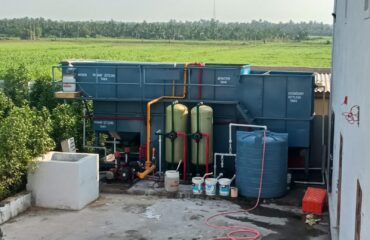Introduction
In today’s environmental landscape, the need for sustainable water management solutions has never been more critical. As industries continue to grow and urbanization increases, the demand for clean water and efficient waste water treatment processes is paramount. This comprehensive guide delves into the world of Sewage Treatment Plants (STP) and their crucial role in ensuring environmental sustainability, specifically focusing on Pali and the innovative solutions offered by Amrita Water Solution.
Importance of STP
Sewage treatment plays a vital role in preserving water quality and safeguarding public health. In Pali, where industrial activities are significant, the implementation of advanced STP systems becomes imperative. Amrita Water Solution understands this importance and offers state-of-the-art STP solutions tailored to the unique needs of industries and communities in Pali.
Benefits of STP Waste Water Treatment Plant
- Environmental Preservation: By treating sewage and industrial effluents, STP plants prevent pollution of water bodies, preserving aquatic ecosystems and biodiversity.
- Public Health: Proper sewage treatment reduces the risk of waterborne diseases, ensuring a healthier environment for communities in Pali.
- Regulatory Compliance: Amrita Water Solution’s STP solutions adhere to strict environmental regulations, ensuring legal compliance and avoiding penalties.
- Resource Conservation: Recycling treated water for non-potable uses like irrigation or industrial processes conserves valuable freshwater resources.
- Cost-Efficiency: Long-term cost savings are achieved through efficient water usage and compliance with environmental standards, reducing operational expenses for industries and municipalities.
Conclusion
The implementation of an STP Waste Water Treatment Plant in Pali, facilitated by Amrita Water Solution, represents a proactive step towards sustainable water management. By prioritizing environmental protection, public health, and regulatory compliance, these innovative solutions contribute significantly to the well-being of Pali’s communities and ecosystems.





